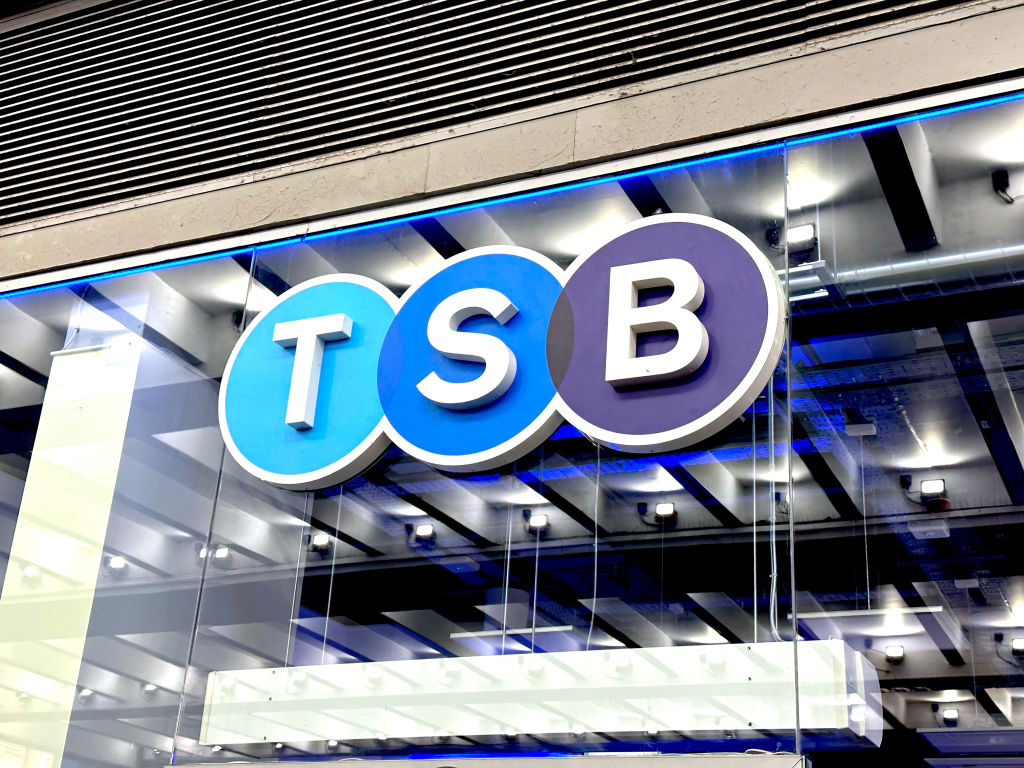27 March 1963: Beeching recommends cuts to Britain's railways
On this day in 1963, Dr Richard Beeching produced his infamous report that saw many railway lines closed in favour of bus services.

From the 1920s onward, the number of rail passengers declined due to the rapid growth in car ownership. By the 1950s, the newly state-owned British Rail consistently lost money, especially after it began to invest large sums in converting steam engines to electricity and diesel. This led many experts to predict that cars and buses would eventually replace most rail services. Such views would find a sympathetic hearing from transport minister, Ernest Marples, who had fortuitously set up a road construction company, Marples Ridgeway, before becoming a minister – clearly a conflict of interests.
Marples asked Dr Richard Beeching, a director of the chemical company ICI, to head a study group looking at how the rail network could be made more efficient. After public disquiet about the secret nature of the group's discussions, he was formally appointed as head of the British Transport Commission, which oversaw British Rail, in 1961 (the body was renamed the British Railways Board in 1963). Beeching would then produce the infamous "Beeching Report" in 1963. It argued that since a large number of stations had only a handful of passengers, it would make sense to close up to half the network.
While the report generated a huge amount of controversy, which was enough to save a few of the most prominent lines, it was largely implemented. As a result, over 6,000km of lines were closed from 1963 to 1970s. While the idea was to replace discarded lines with bus services, these were usually much slower and were quickly withdrawn in many cases.
Subscribe to MoneyWeek
Subscribe to MoneyWeek today and get your first six magazine issues absolutely FREE

Sign up to Money Morning
Don't miss the latest investment and personal finances news, market analysis, plus money-saving tips with our free twice-daily newsletter
Don't miss the latest investment and personal finances news, market analysis, plus money-saving tips with our free twice-daily newsletter
However, increasing traffic congestion and population growth have led to a resurgence in passenger numbers since the early 1990s, which have nearly reached their pre-WW1 peak. As a result the trend is towards increased investment in rail, as shown by plans for High Speed Rail 2.
Get the latest financial news, insights and expert analysis from our award-winning MoneyWeek team, to help you understand what really matters when it comes to your finances.

Matthew graduated from the University of Durham in 2004; he then gained an MSc, followed by a PhD at the London School of Economics.
He has previously written for a wide range of publications, including the Guardian and the Economist, and also helped to run a newsletter on terrorism. He has spent time at Lehman Brothers, Citigroup and the consultancy Lombard Street Research.
Matthew is the author of Superinvestors: Lessons from the greatest investors in history, published by Harriman House, which has been translated into several languages. His second book, Investing Explained: The Accessible Guide to Building an Investment Portfolio, is published by Kogan Page.
As senior writer, he writes the shares and politics & economics pages, as well as weekly Blowing It and Great Frauds in History columns He also writes a fortnightly reviews page and trading tips, as well as regular cover stories and multi-page investment focus features.
Follow Matthew on Twitter: @DrMatthewPartri
-
 Is property investment still as safe as houses? Why golden era could be over
Is property investment still as safe as houses? Why golden era could be overThe golden era of property is over and investors are better off in the stock market, new research suggests
-
 What Santander’s takeover of TSB means for customers
What Santander’s takeover of TSB means for customersSantander is set to buy rival TSB for £2.65 billion. What does it mean for customers, and could we see the TSB brand disappear from the high street?
-
 31 August 1957: the Federation of Malaya declares independence from the UK
31 August 1957: the Federation of Malaya declares independence from the UKFeatures On this day in 1957, after ten years of preparation, the Federation of Malaya became an independent nation.
-
 13 April 1960: the first satellite navigation system is launched
13 April 1960: the first satellite navigation system is launchedFeatures On this day in 1960, Nasa sent the Transit 1B satellite into orbit to provide positioning for the US Navy’s fleet of Polaris ballistic missile submarines.
-
 9 April 1838: National Gallery opens in Trafalgar Square
9 April 1838: National Gallery opens in Trafalgar SquareFeatures On this day in 1838, William Wilkins’ new National Gallery building in Trafalgar Square opened to the public.
-
3 March 1962: British Antarctic Territory is created
Features On this day in 1962, Britain formed the British Antarctic Territory administered from the Falkland Islands.
-
10 March 2000: the dotcom bubble peaks
Features Tech mania fanned by the dawning of the internet age inflated the dotcom bubble to maximum extent, on this day in 2000.
-
9 March 1776: Adam Smith publishes 'The Wealth of Nations'
Features On this day in 1776, Adam Smith, the “father of modern economics”, published his hugely influential book The Wealth of Nations.
-
 8 March 1817: the New York Stock Exchange is formed
8 March 1817: the New York Stock Exchange is formedFeatures On this day in 1817, a group of brokers moved out of a New York coffee house to form what would become the biggest stock exchange in the world.
-
7 March 1969: Queen Elizabeth II officially opens the Victoria Line
Features On this day in 1969, Queen Elizabeth II took only her second trip on the tube to officially open the underground’s newest line – the Victoria Line.